Learning from Arc-et-Senans (1): Half a Utopia
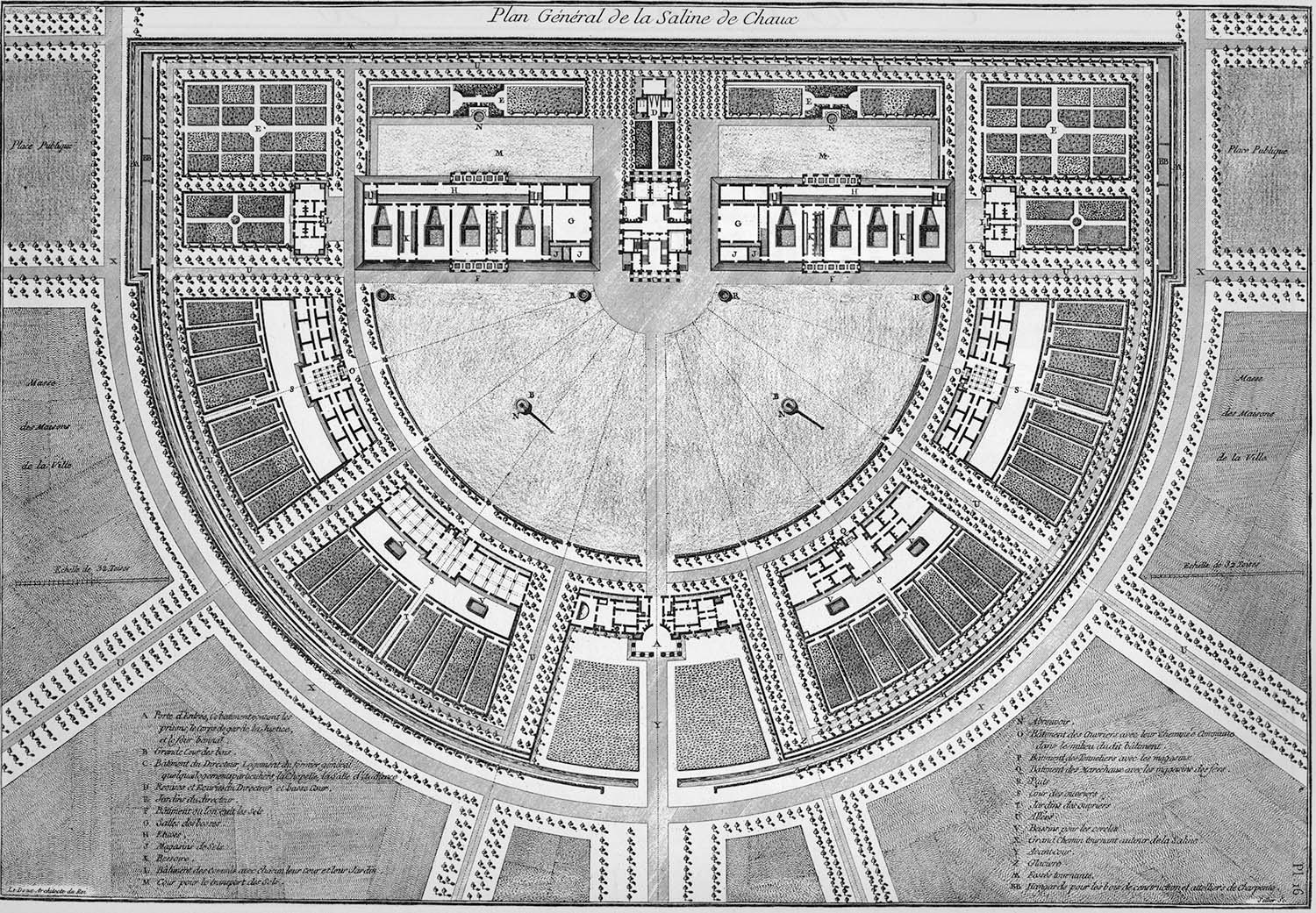
The Royal Saltworks at Arc-et-Senans by Claude Nicola Ledoux is a unique piece of architecture. The semicircular complex was designed to combine the functions of saltworks with the geographical elements of Arc-et-Senans, using meticulous geometry and thorough symmetry. Construction began in 1775 under the reign of Louis XV and was completed in 1779 under the reign of Louis XVI, ten years before the French Revolution. This specific era —the rise of the Enlightenment in France under absolute monarchy— made the neoclassical architect to design the new and only saltworks.
The saltworks is often juxtaposed with Ledoux’s Ideal City of Chaux. The former is the realised project, the latter is unrealised urban design developed from it. Ideal City of Chaux became the core of Ledoux’s compilation ‘Architecture considered in relation to art, customs, and legislation’, published in 1804. Despite having numerous realised works, Ledoux has been later regarded as a visionary, or utopian architect, largely because of the influence of these theories and prints.
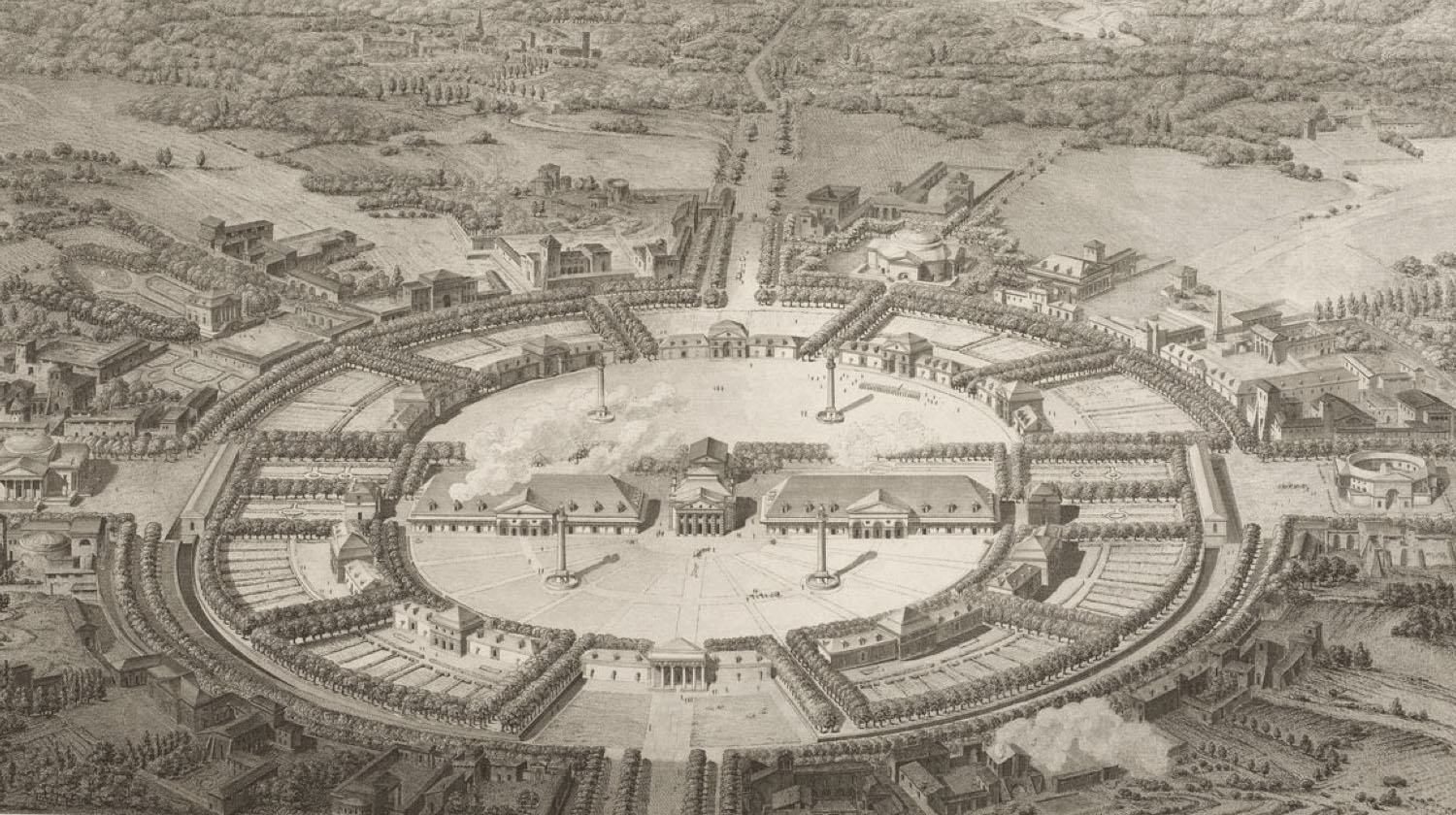
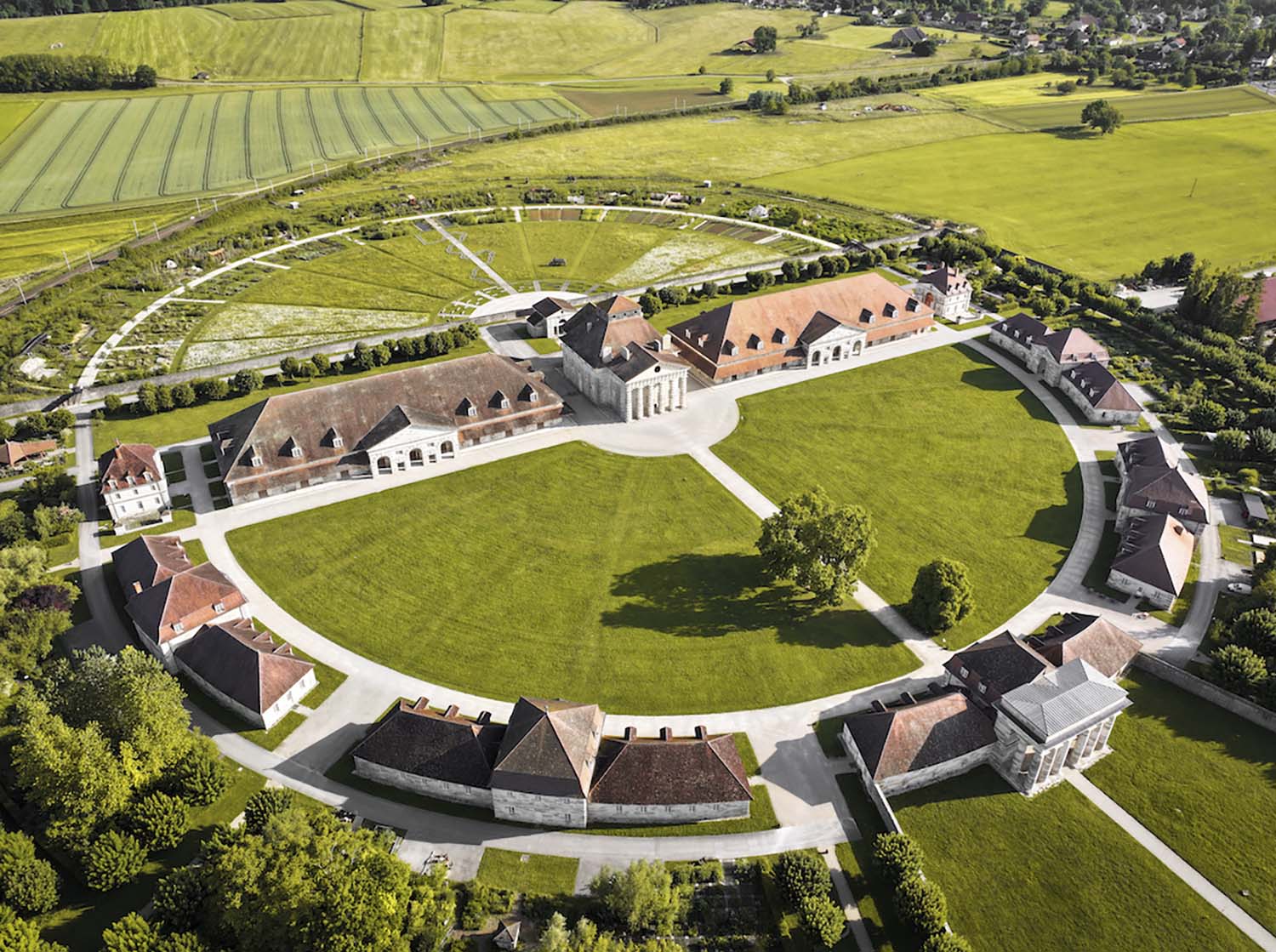
The Royal Saltworks at Arc-et-Senans is existing facility, so it is not a utopia in the sense that it does not exist anywhere. Nonetheless, the saltworks appears to exist somewhere between reality and utopia. There are several reasons for this. For one thing, the saltworks has been valued not for its efficiency in salt production, but for the uniqueness of its design. For another, its particular scale —more than an architecture and less than a city— demands a certain physical sensitivity to understand it. Furthermore, the fictional saltworks in the later design of the Ideal City of Chaux blurs the boundary with the actual saltworks.
As a cultural heritage, the saltworks evokes social contexts and artistic themes of the late 18th century; revolution and restructure; searching for universal values; geometry and politics; authority and individuals; boundary of community; nature and ownership. But these are also strikingly contemporary.
In May 2025, I stayed in the former worker’s home in the saltworks. I walked around the semicircular passageway day and night, pondering how people in the past would have walked around the same passageway.
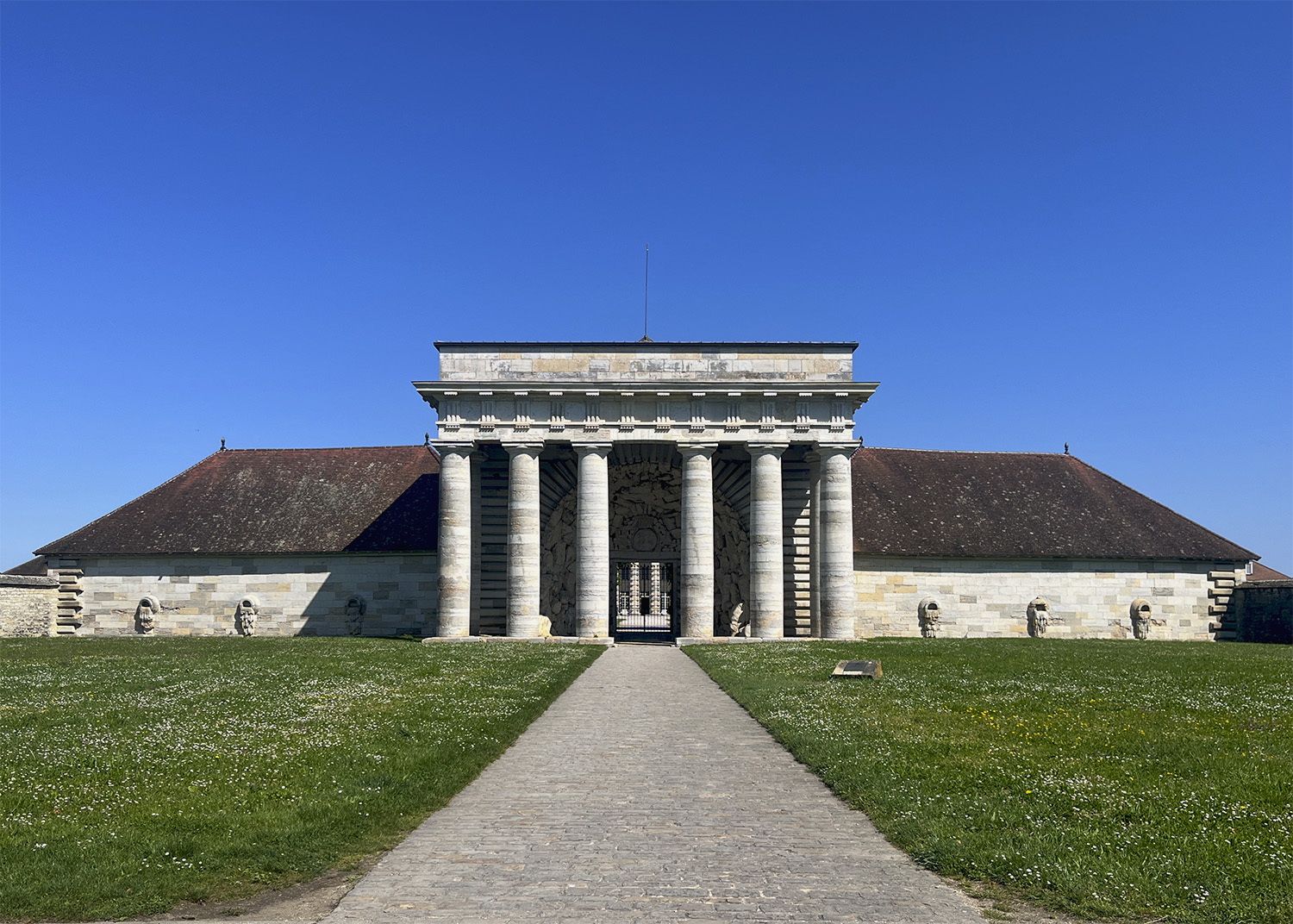
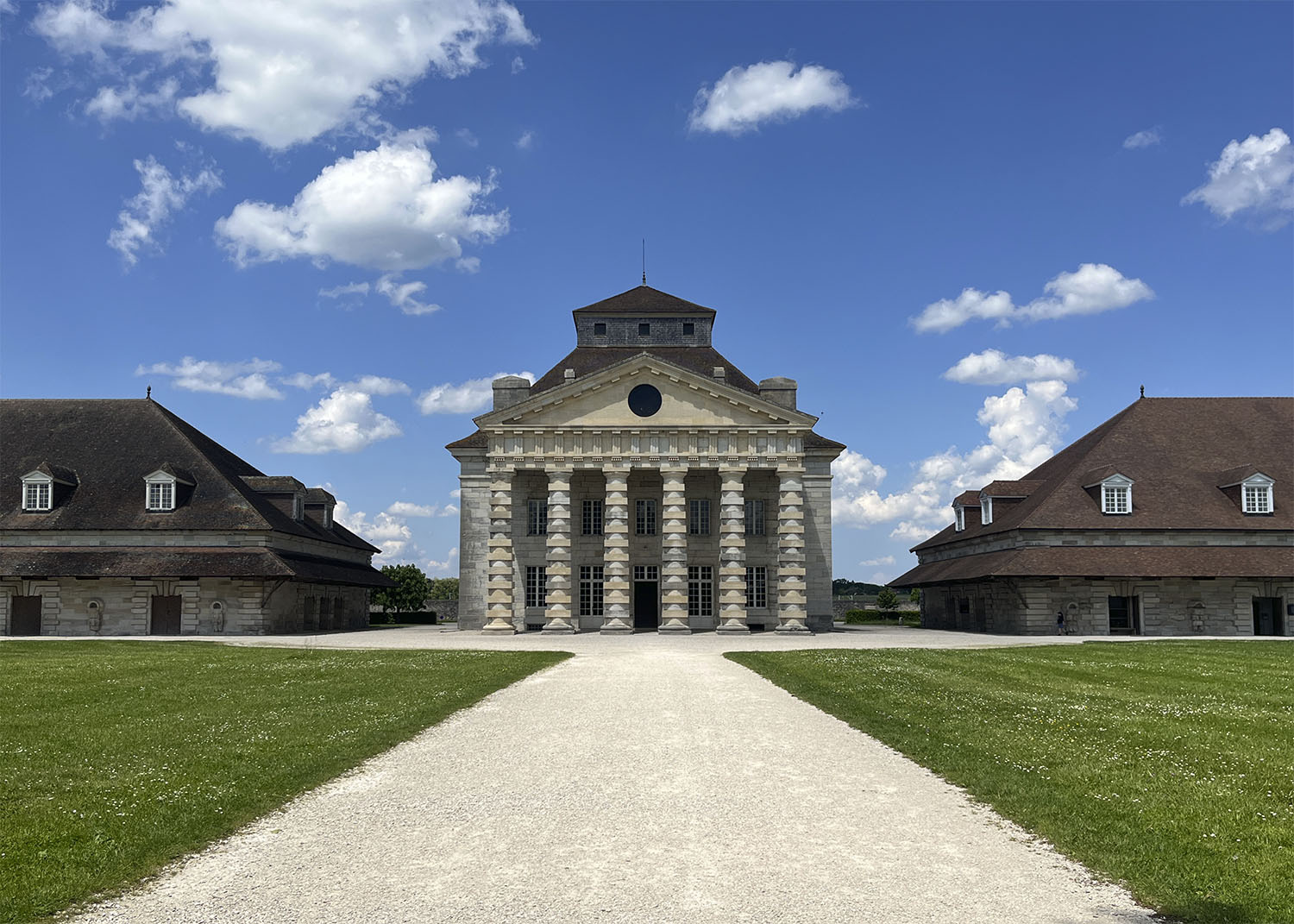
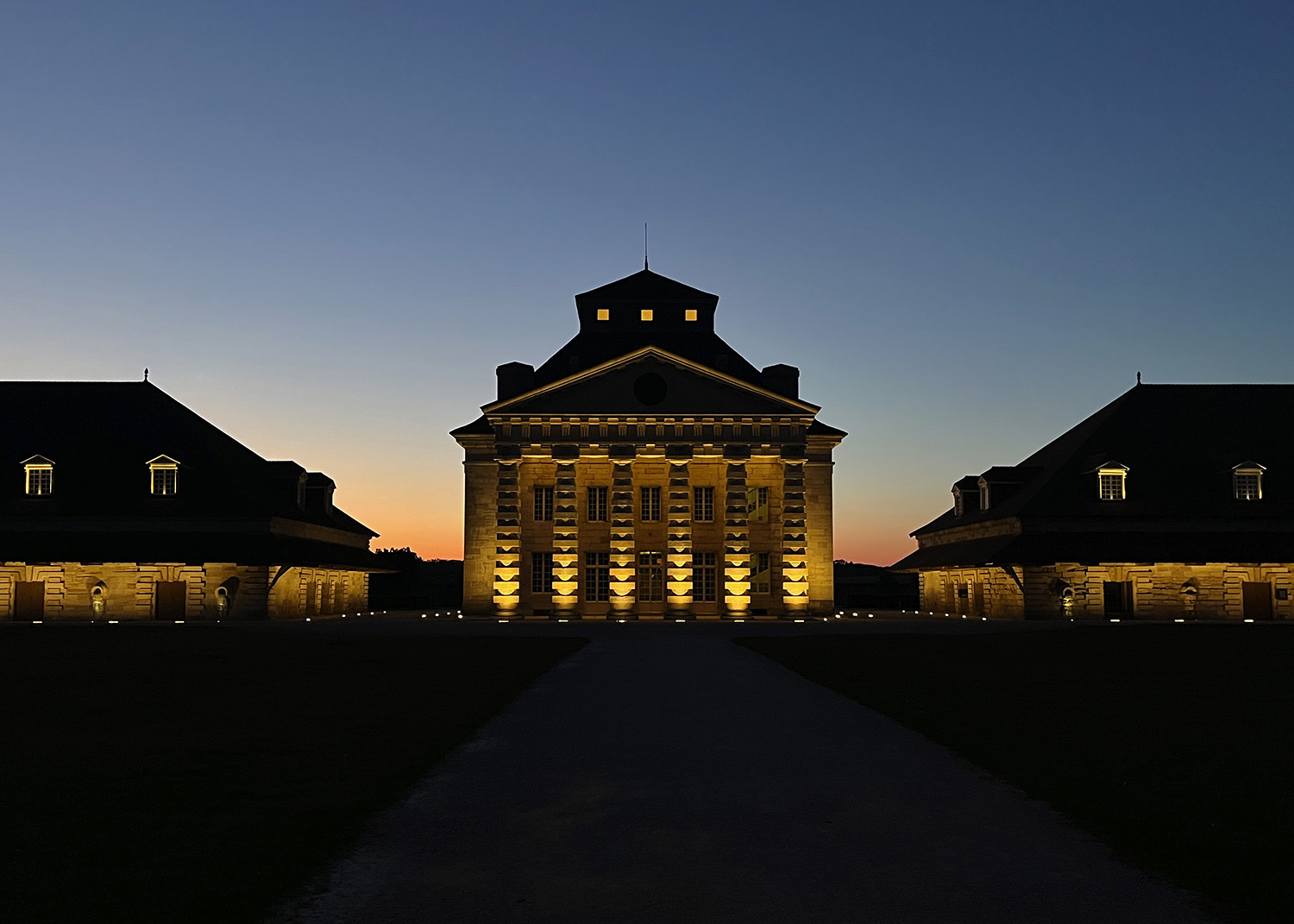
The plan of the Royal Saltworks at Arc-et-Senans is a panopticon centred on the director’s house. In the royal saltworks, the director’s house served as the eyes of the king. All other buildings along the semicircular side of the courtyard are curved toward the king in the centre. When you walk along the inner passageway, your body is always aware of the centre, knowing that you are under the king’s watch. This is also a reminder that surveillance is essential in maintaining a utopian society.
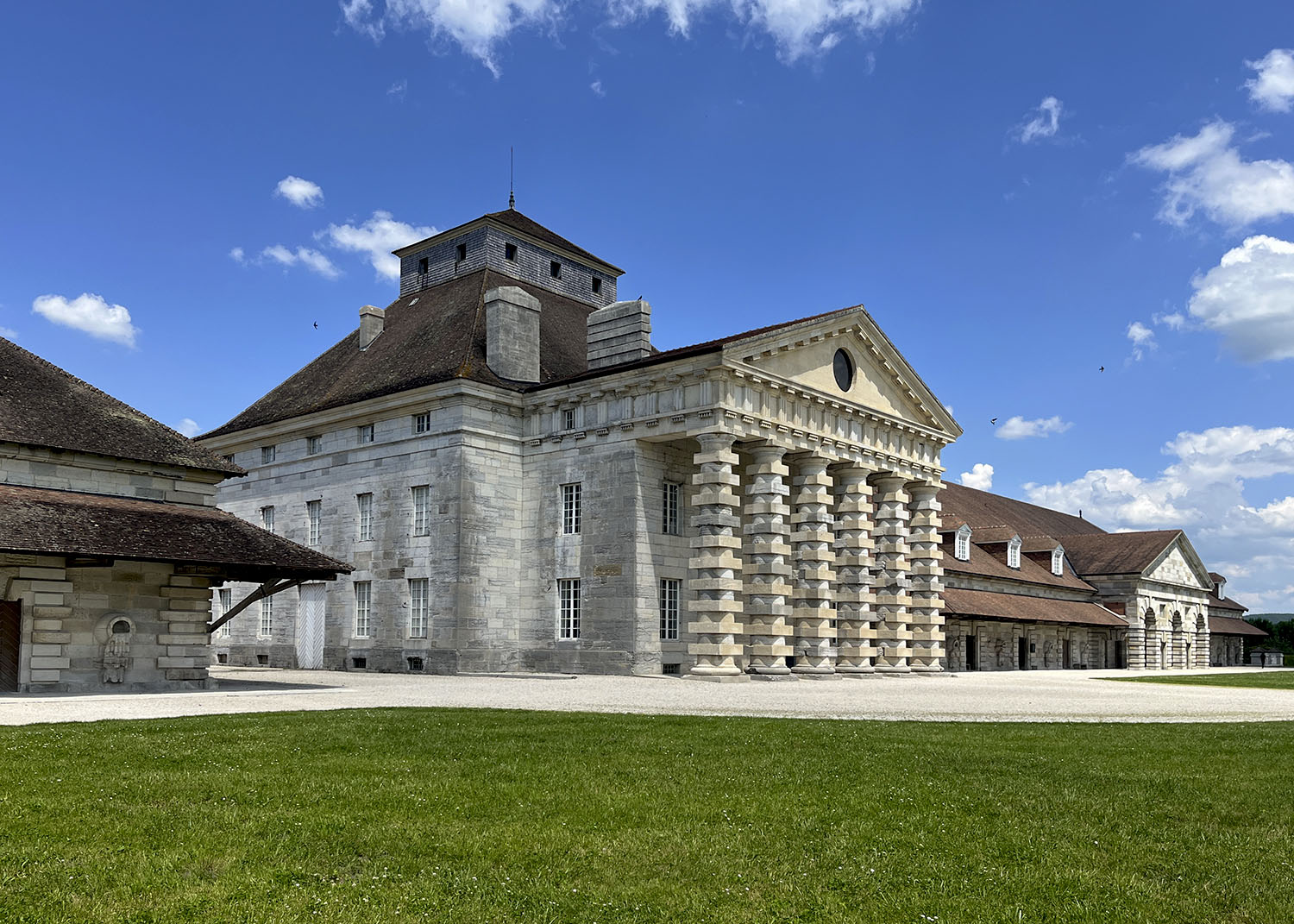
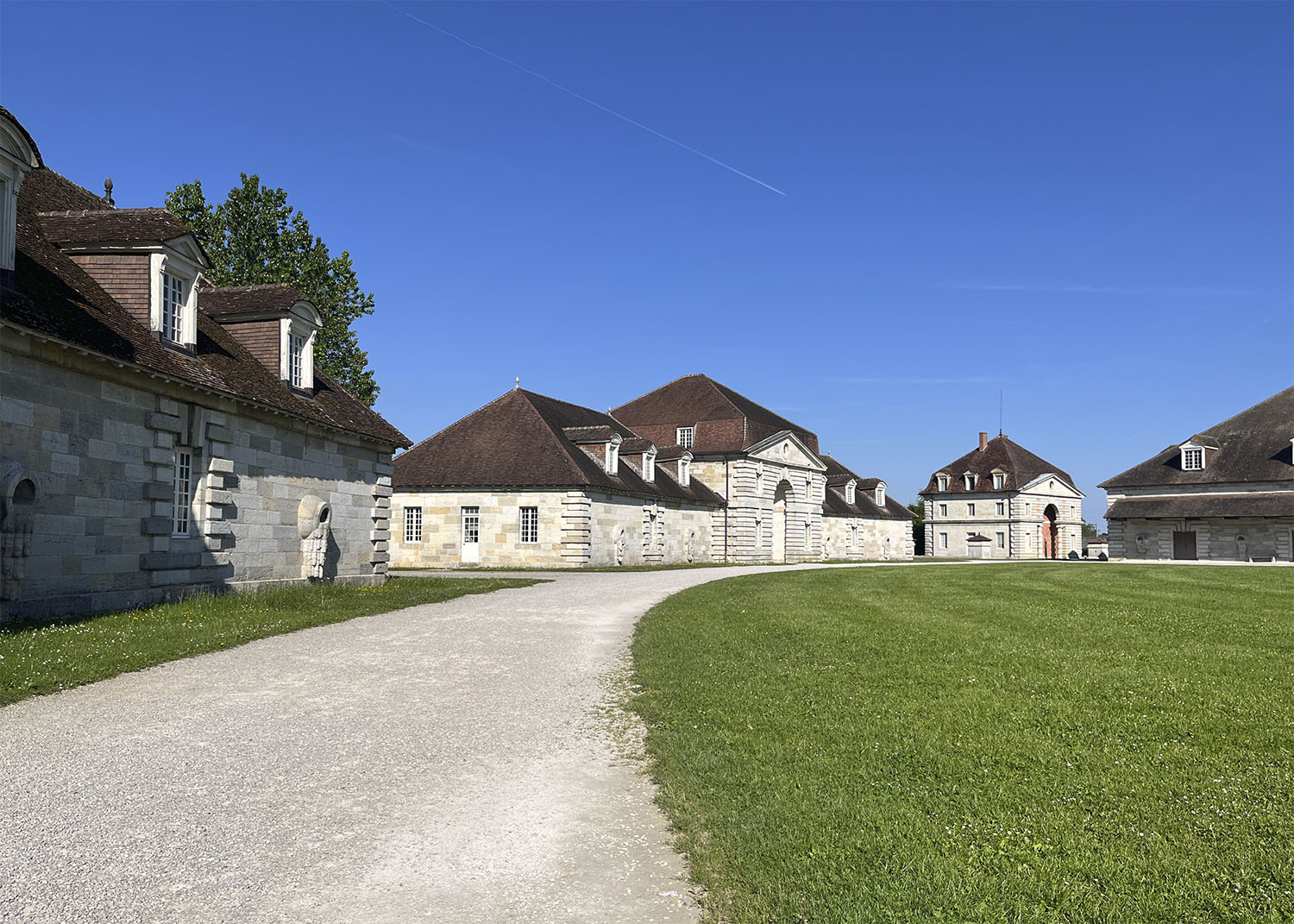

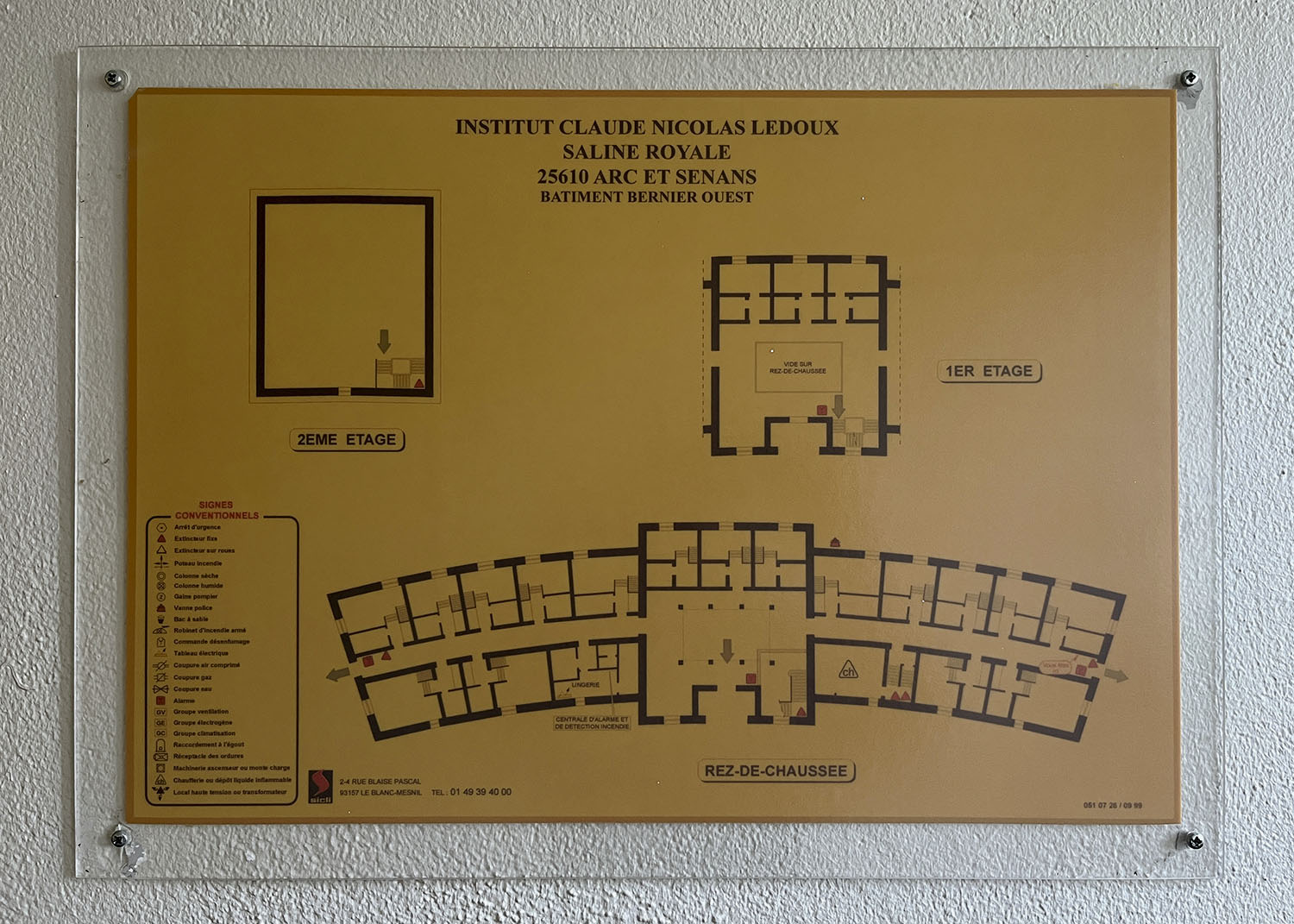
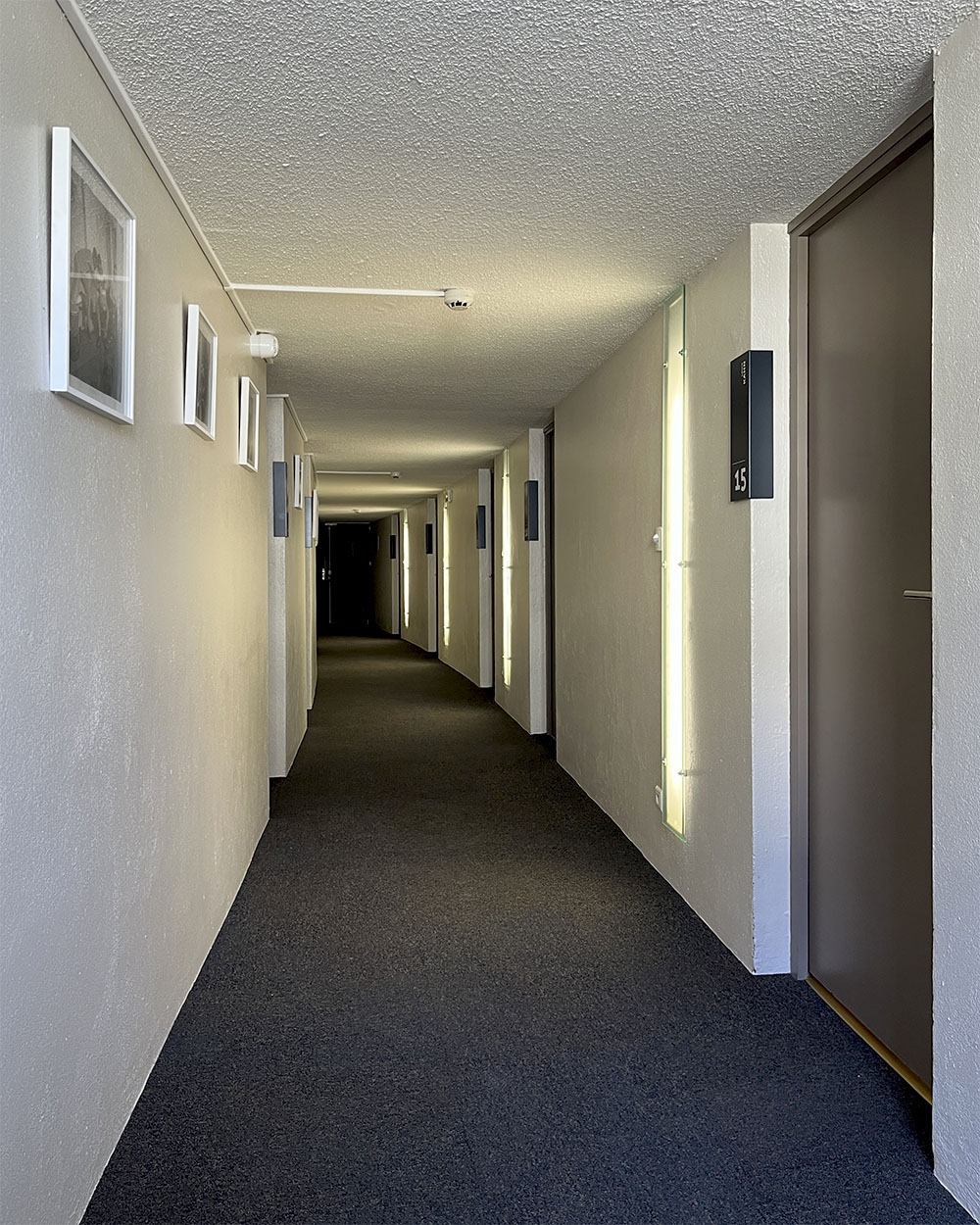
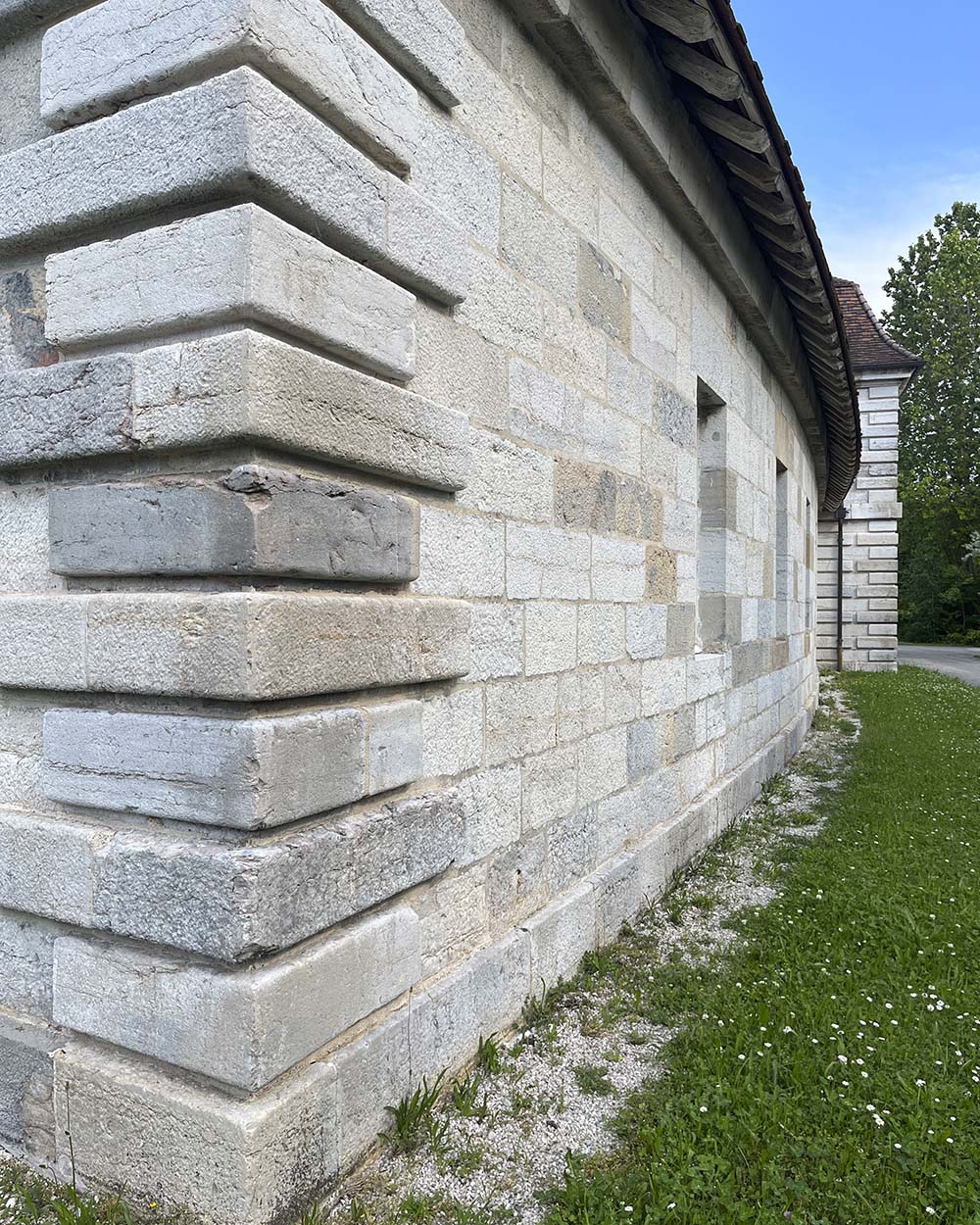
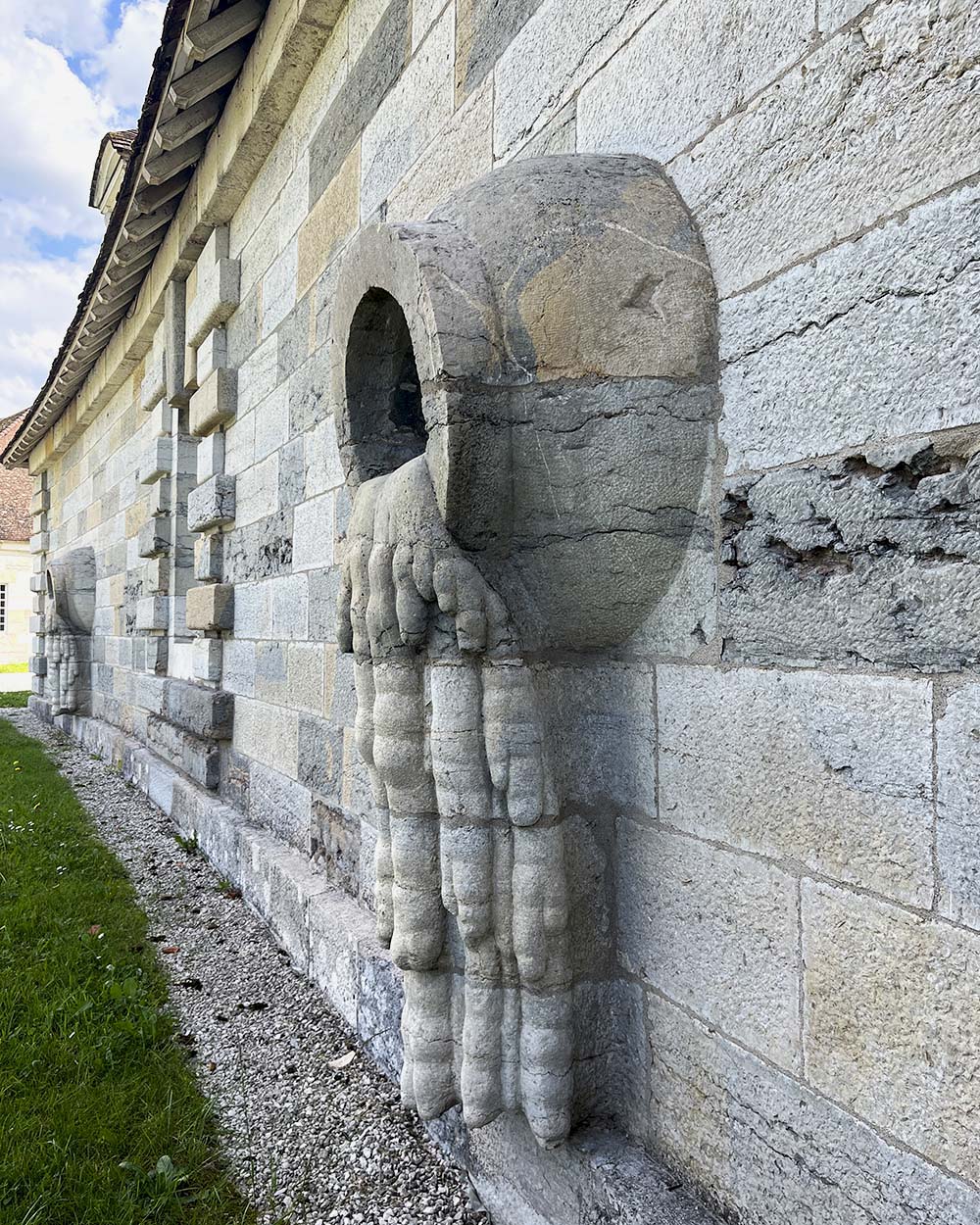
This panopticon, however, has a backside. When you go around the back of the director’s house, the view is suddenly blocked by a long, straight wall. Outside the wall is a flatland and the forest of Chaux, which used to be the fuel source of the saltworks. The king doesn’t seem to be interested in watching the nature that he owns. Completing the saltworks did not mean completing the full circle. Nonetheless, this sudden straight line makes us imagine the possibility beyond the wall. The other side of the wall is the territory where the blind spot of the king and the vision of C.N.Ledoux overlap.
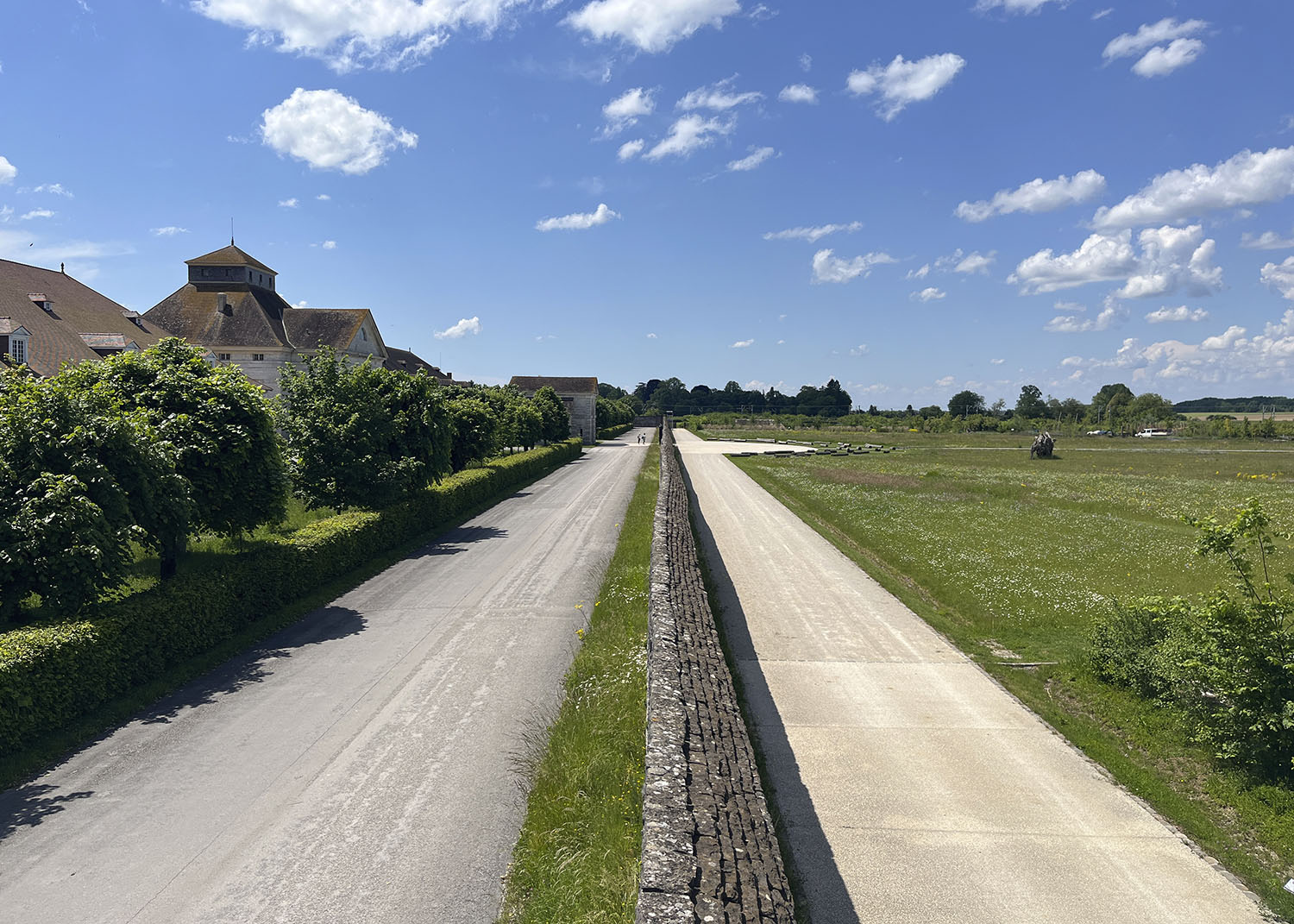
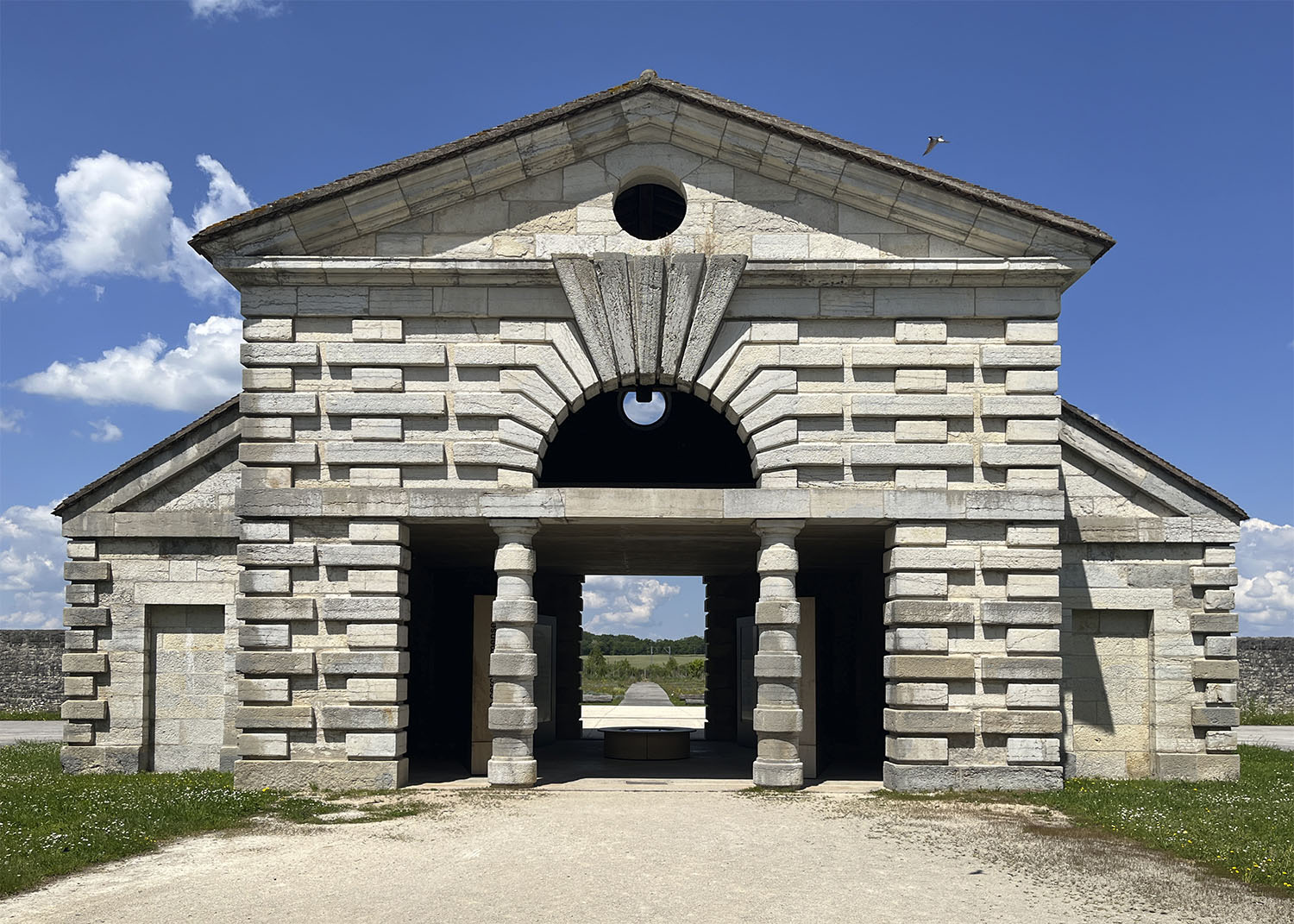
The outside of the wall remained almost flat for a long time. Since the early 2020s, this area has become a garden comprising the other half of the semicircle. The design of the garden is symmetrical to the saltworks’ semicircle with radial lawn and passageways, as well as outer garden, except there are no buildings like those in the saltworks side.
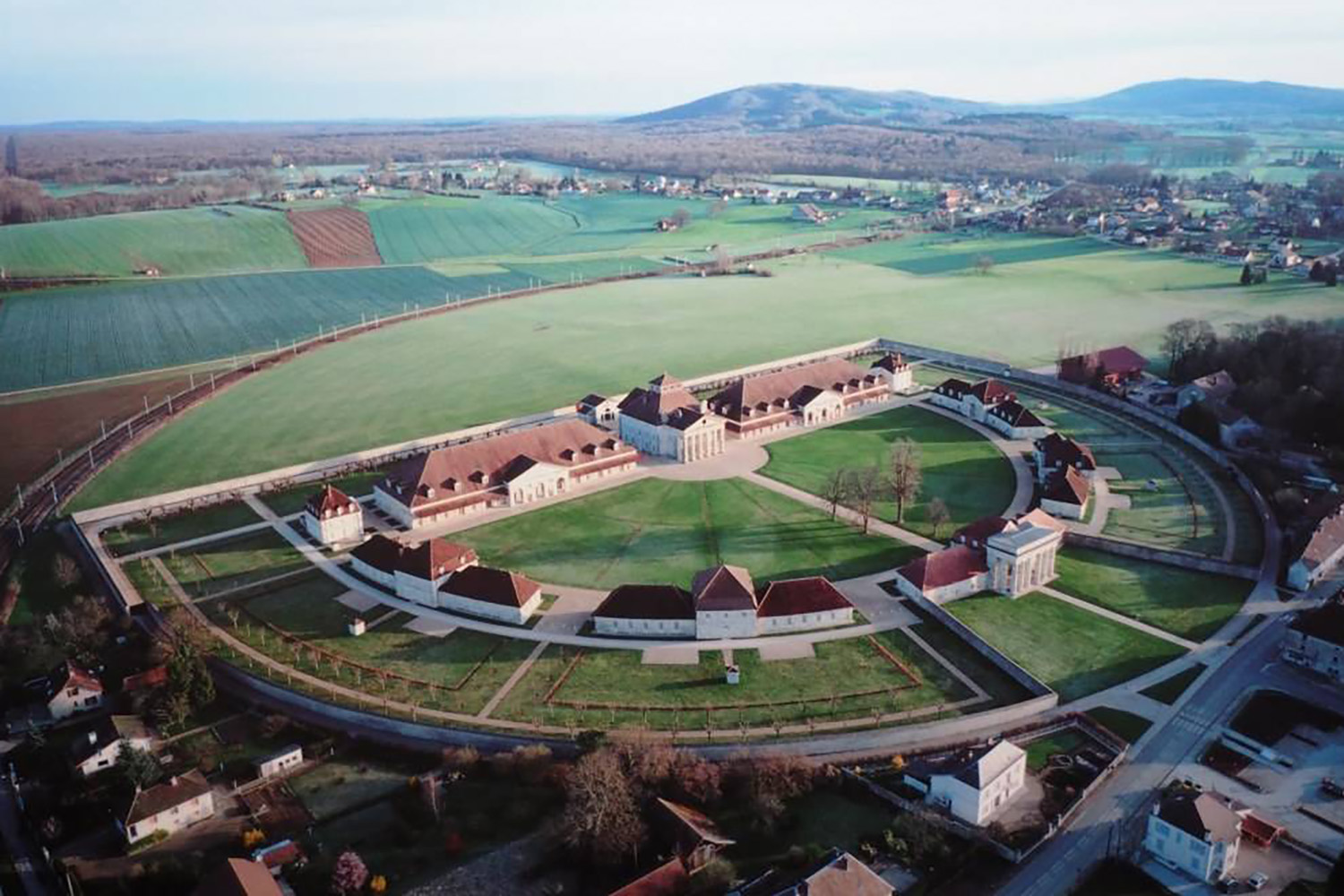
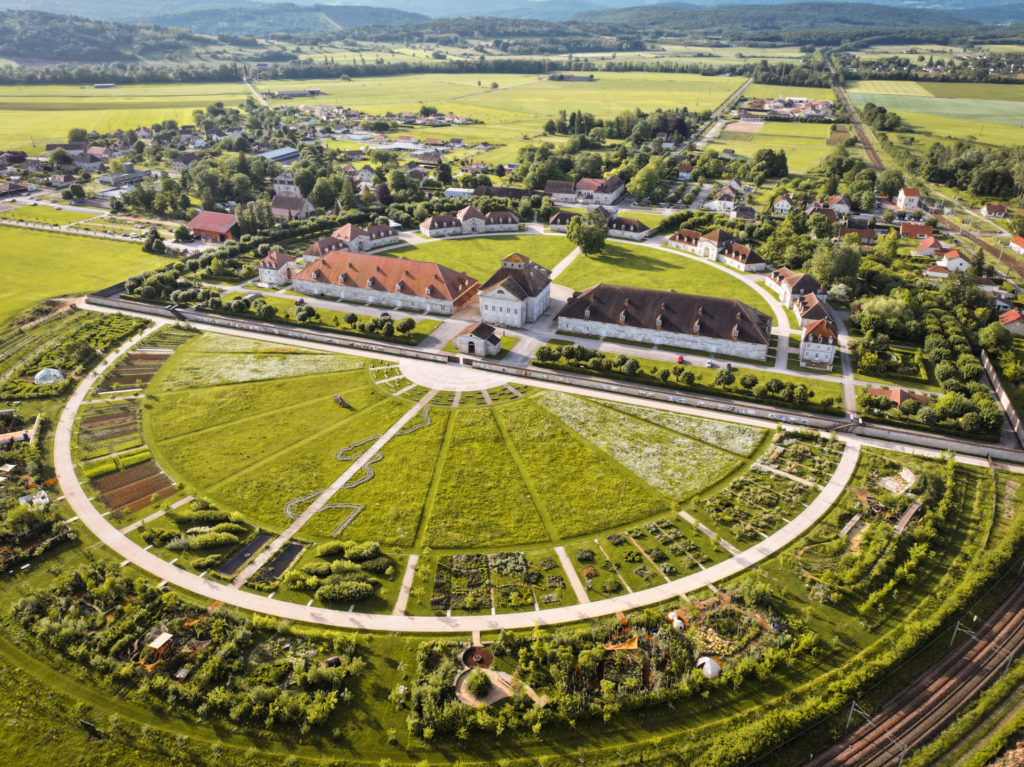
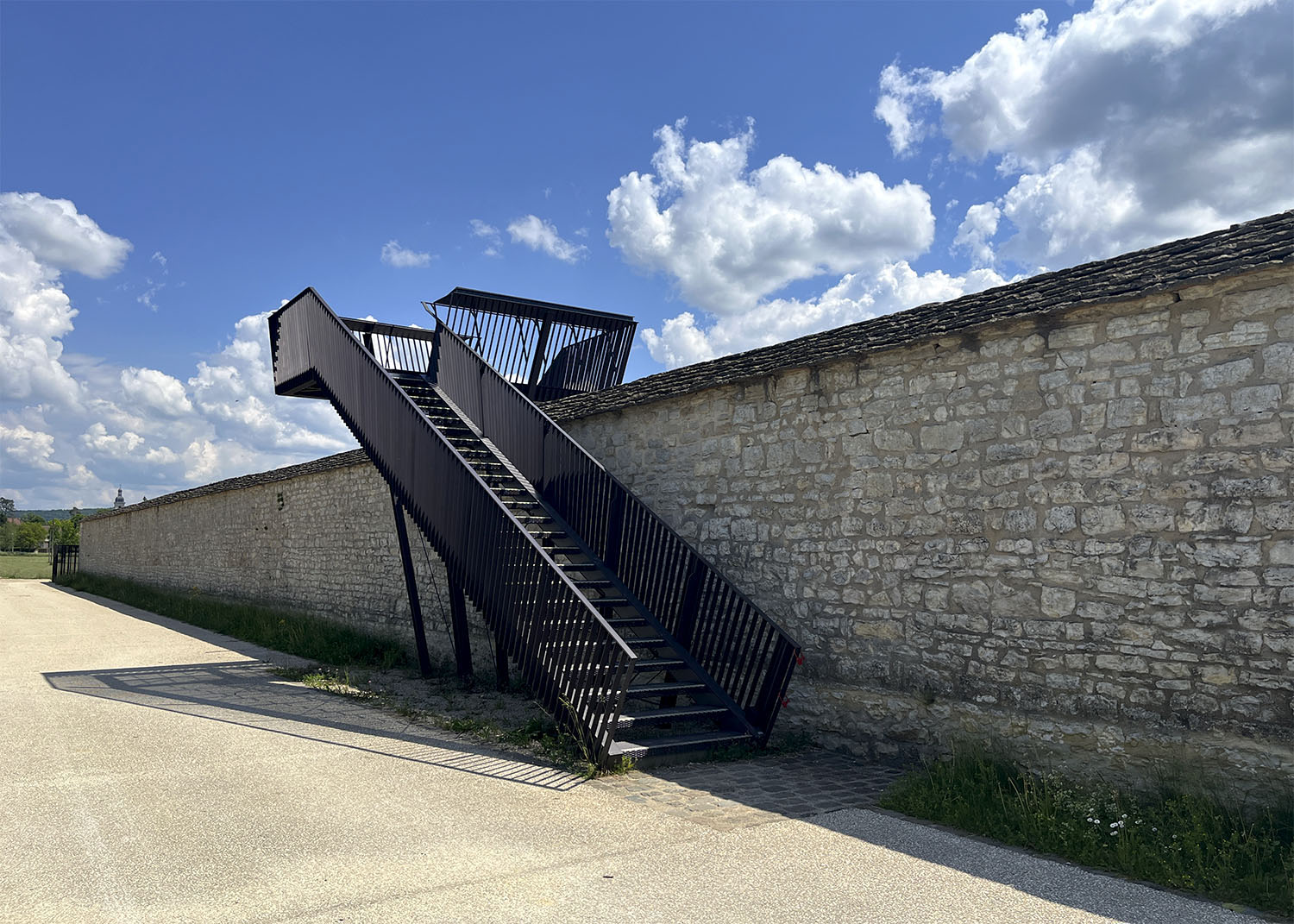
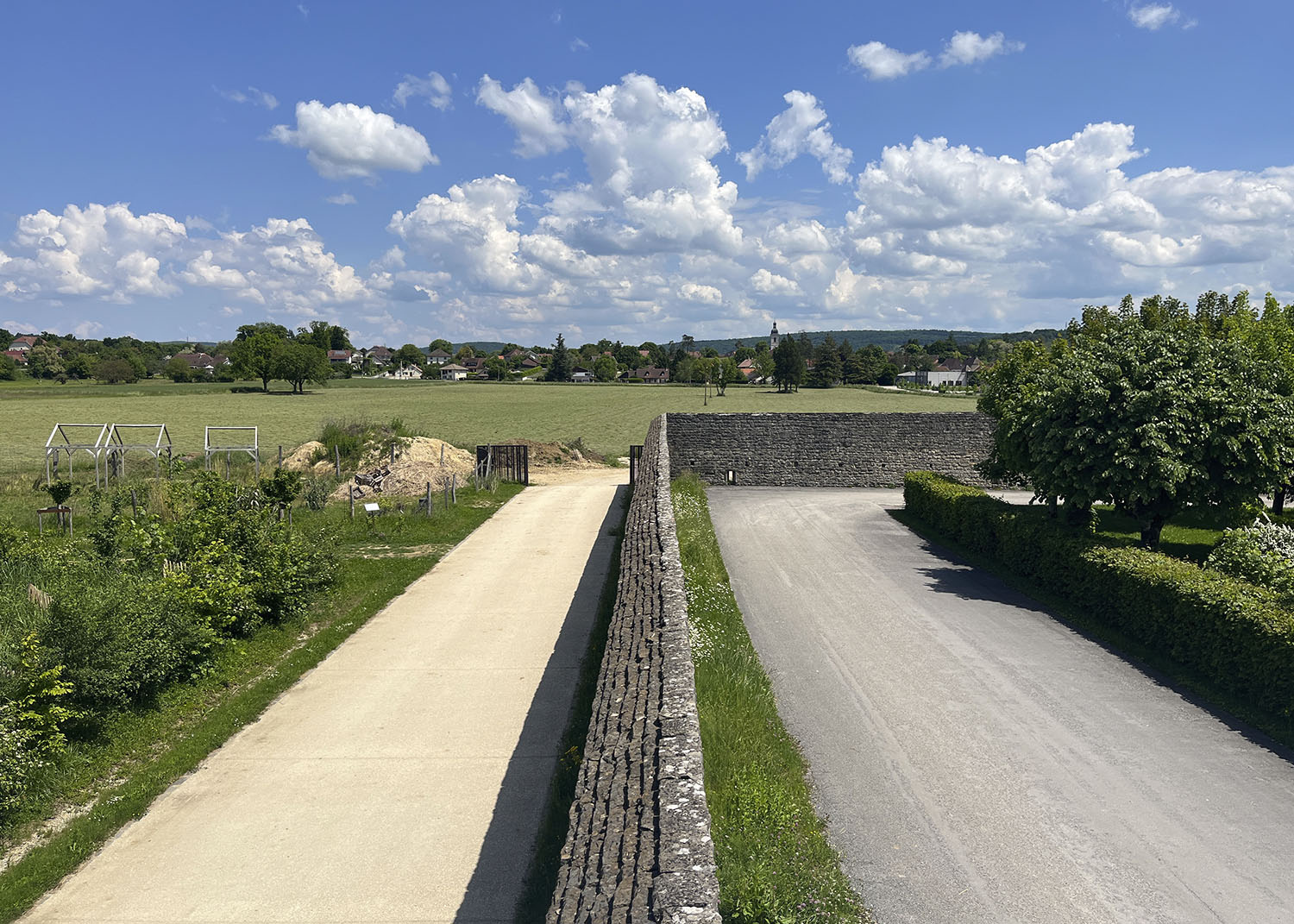
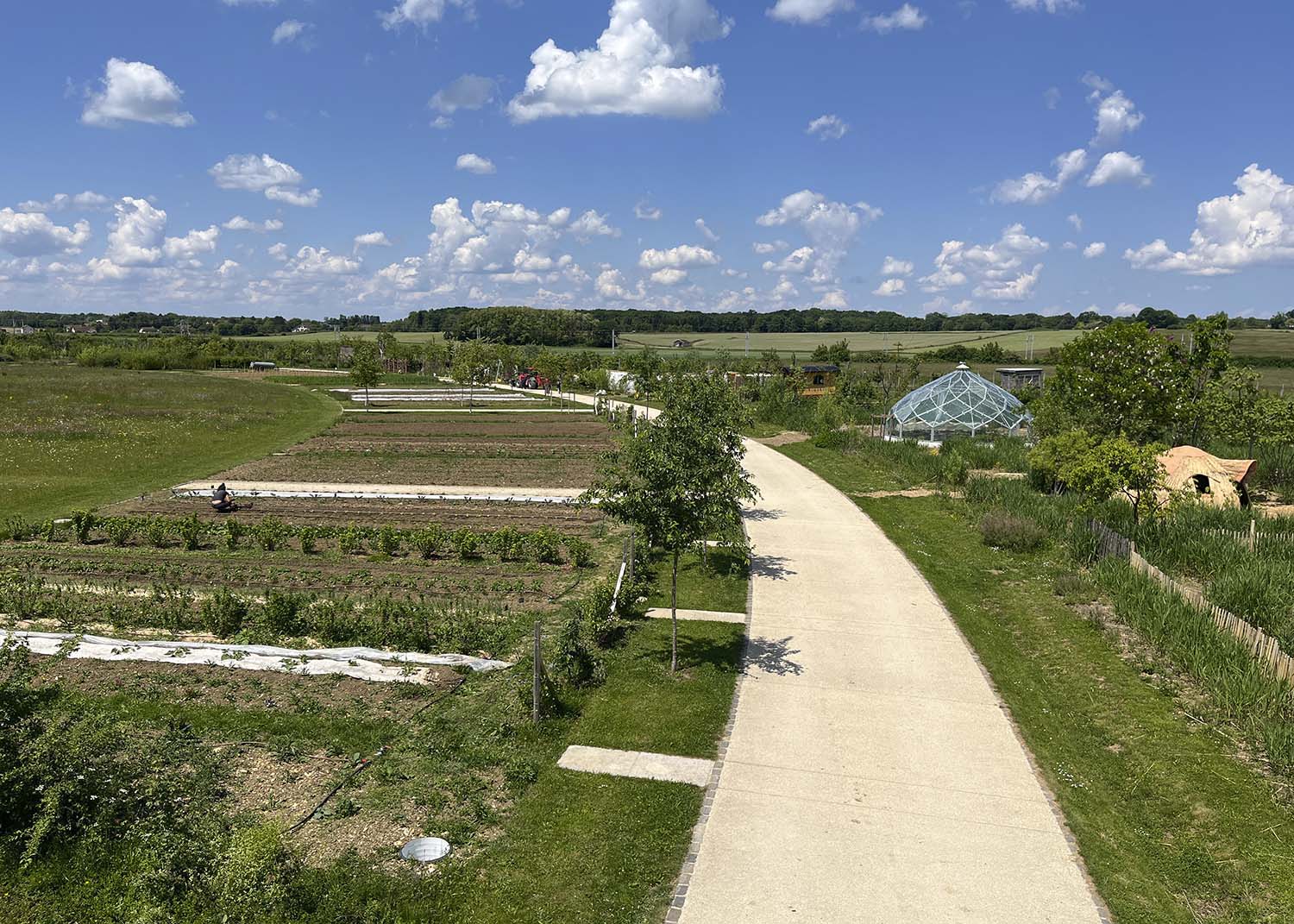
Gardeners are now working to prepare the garden for summer. But are they aware of the eyes of the king? When looking over from the top of the wall, the semicircle on this side appears to remain outside of the saltworks, rather than making the saltworks itself a full circle. As there is no outer wall around this semicircle, the boundary between the garden and the forest of Chaux is unclear when viewed from the height of a person. Is this territory still a blind spot overlooked by the king? Or, is this an alternative half of utopia that C.N. Ledoux left for his unrealised future?
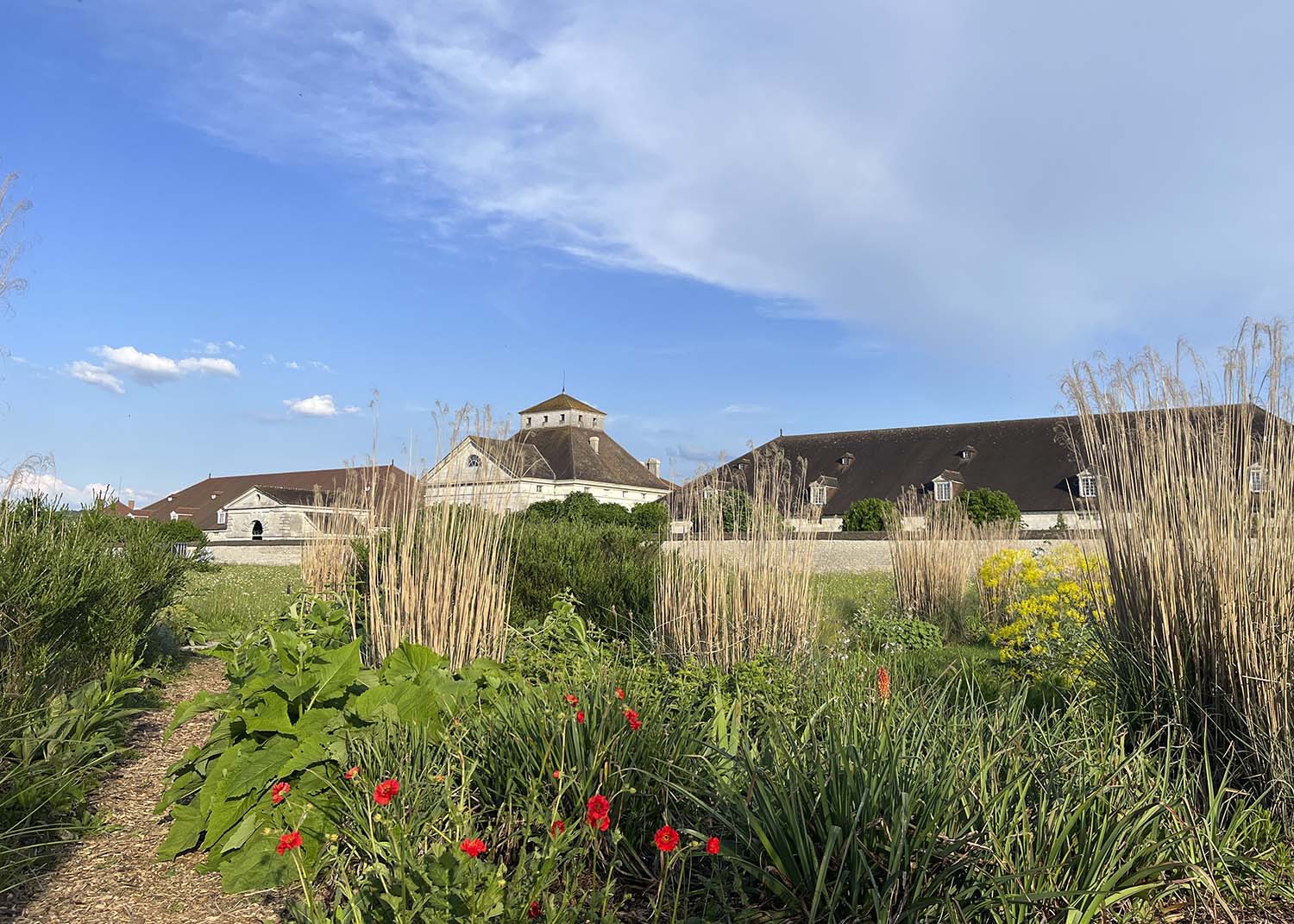
Text: June 2025